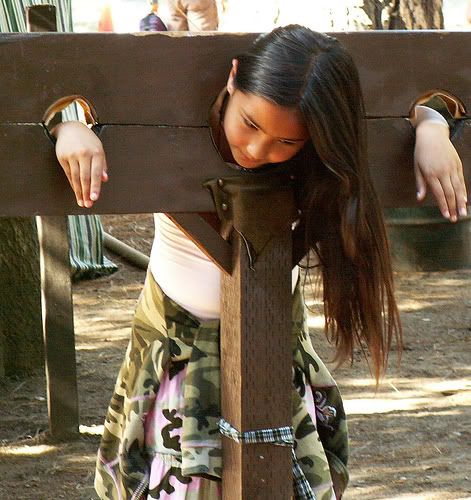una_dogger
Well-known member
Thank You, Roy for your fact finding
The points of conduct listed below are generally included in and enforceable through Federal Regulations. All of the regulations are published in Title 36 of the Code of Federal Regulations and are on file at all Forest Supervisor and District Ranger Offices. Violation of orders and Regulations is subject to punishment by a fine or imprisonment. Authority: 16 USC 551, 7 USC 1011(f).
I'll try to obtain a copy.
Thanks to all the adopters who put thier time and efforts in to assist the forest service in the maintainence the trails we all share, after all they are OUR trails. You all do a great job, and I hope you get alot of satisfaction from your efforts.
You all do a great job, and I hope you get alot of satisfaction from your efforts.
I'd like to see the USFS make contacting adopters a little more accessible -- if adopters are willing. The laminated signs at some trailheads are a good start. In NY, the DEC has trail registry sign in's where people can enter thier group size, route and date (if desired) and any info they would like the Ranger to be aware of. (In addition, the Ranger signs in as well). It would be perhaps helpful if there was a small box where hikers could leave notes regarding trail issues? As with clearing a blowdown as the inspiration and need strikes, sometimes its easier for people to leave information immediately -- rather than remember to call the local ranger district when they get home and back to thier busy lives. Just a thought...
The points of conduct listed below are generally included in and enforceable through Federal Regulations. All of the regulations are published in Title 36 of the Code of Federal Regulations and are on file at all Forest Supervisor and District Ranger Offices. Violation of orders and Regulations is subject to punishment by a fine or imprisonment. Authority: 16 USC 551, 7 USC 1011(f).
I'll try to obtain a copy.
Thanks to all the adopters who put thier time and efforts in to assist the forest service in the maintainence the trails we all share, after all they are OUR trails.
I'd like to see the USFS make contacting adopters a little more accessible -- if adopters are willing. The laminated signs at some trailheads are a good start. In NY, the DEC has trail registry sign in's where people can enter thier group size, route and date (if desired) and any info they would like the Ranger to be aware of. (In addition, the Ranger signs in as well). It would be perhaps helpful if there was a small box where hikers could leave notes regarding trail issues? As with clearing a blowdown as the inspiration and need strikes, sometimes its easier for people to leave information immediately -- rather than remember to call the local ranger district when they get home and back to thier busy lives. Just a thought...
Last edited:

